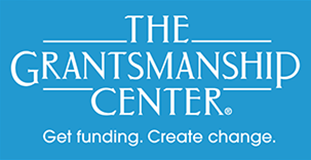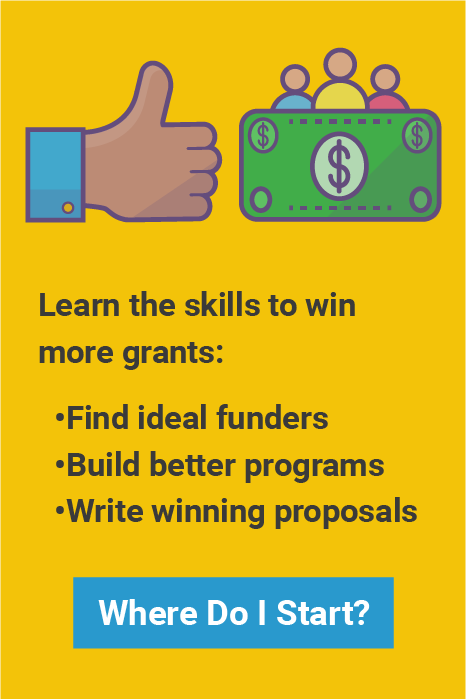
How much impact should you promise in your proposal? Let’s say you’re addressing homelessness, or addiction, or any one of a number of stubborn social problems. You’re a $4 million-a-year agency in a major city. Should you be claiming to “solve the problem” with a few large grants? Probably not.
One of the criteria for evaluating your proposal is whether or not you’re proposing to bite off more than you can chew. If you submit a request for $100,000 and promise that you will eradicate gun violence in your city, chances are the funder will doubt your organization’s ability to pull it off. They likely mean no disrespect to your intentions or your ambition, but they must question your grasp of what’s possible.
Sixties folk legend Tim Hardin sang it plainly: “don’t make promises you can’t keep.” Of course, the problems are big and the need is overwhelming, but your organization is making one small contribution and as long as you acknowledge that in your proposals, you won’t be out on the shaky limb.
What specific part of the problem are you addressing? How many people can you realistically reach with your work, over what period of time, and what other influences are at work on them? Think about the work your organization has already done—how does this new program build on it, and is it within the scope and scale of what you’ve been about?
Another factor to consider: what’s happening “upstream” that might affect how much impact your program will have? If your organization is working to mitigate an addiction crisis in your community, e.g., what’s going on that might be fueling the crisis in the first place? Following this hypothetical, where do you find yourselves on the prevention-treatment continuum? Funders will want to see your understanding of the causes and effects so they can fairly assess your potential contribution.
Once you’ve determined the right size and shape of your “program box,” you can go to work describing how you’ll fill it. You’ll be positioned to demonstrate how your work will add to the solution, reduce harm, minimize collateral damage, pull people out of a cycle—whatever the specifics of your intervention. You’ll probably be better off “promising” a little and delivering more than you promised. The other way around jeopardizes your organization’s standing.
Thomas Boyd is Chief Editorial Consultant for The Grantsmanship Center
and an independent consultant to nonprofit organizations.



